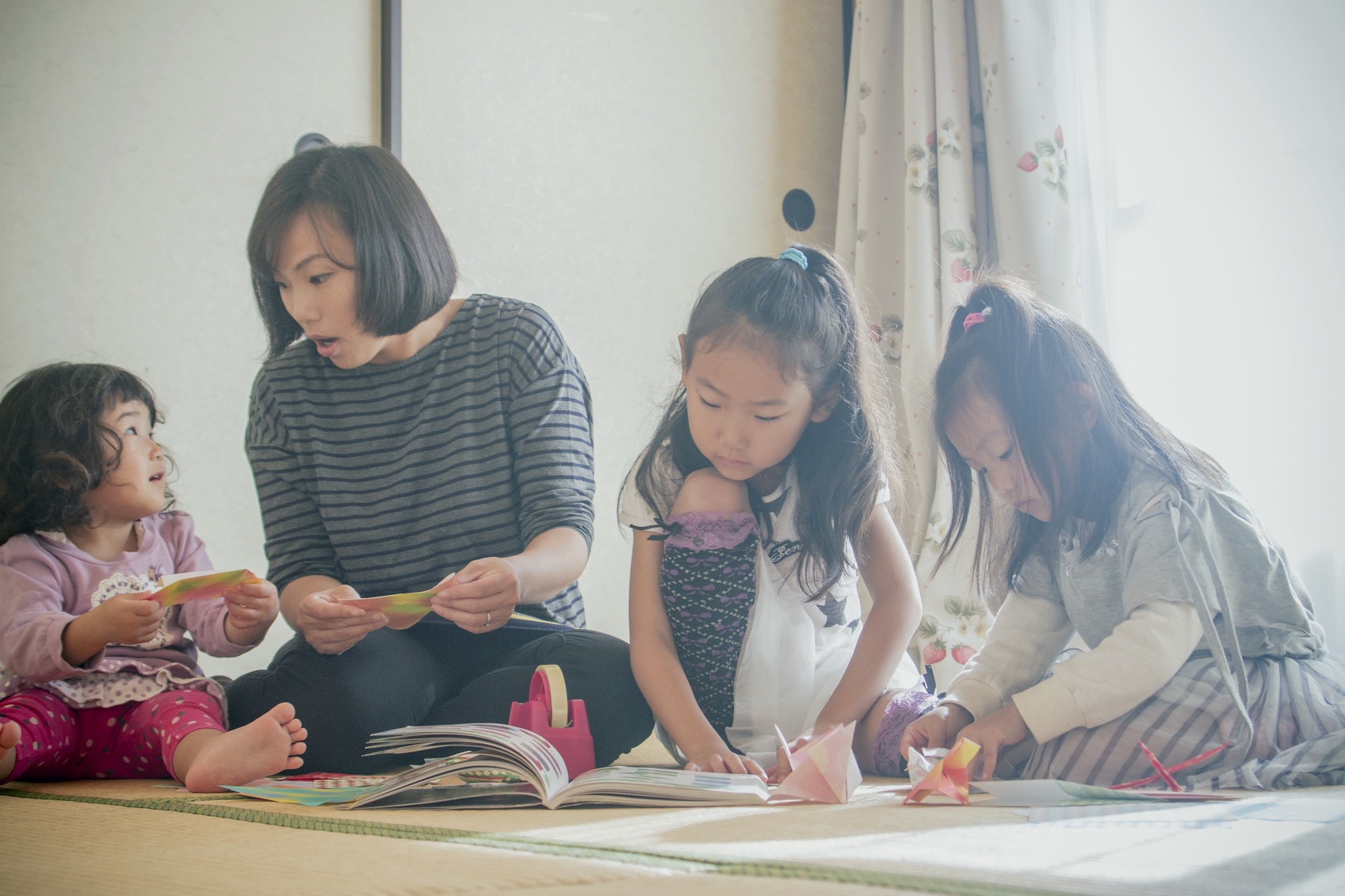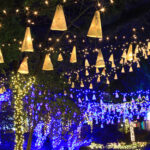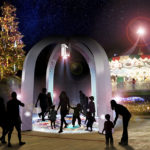4 Mainstream Alternative International Schools
Different Options for Educating Your Kids in Japan
For those of us living in Tokyo’s foreign community, the alternative to mainstream Japanese education might seem limited to international schools. But there are a whole host of other creditable places where your child can get an education in Japan.
Here’s a rundown of some of the alternative schools around Tokyo that teach children from elementary school and onwards.
1. Montessori Schools
The Montessori educational approach is based on the belief that children will naturally undertake the tasks they need to fulfill their unique potential. Teachers provide an environment that meets the needs of each child’s stage of development, guiding students to help them find their own path and allowing them the freedom to do that. The children determine their activities themselves and learn at their own pace.
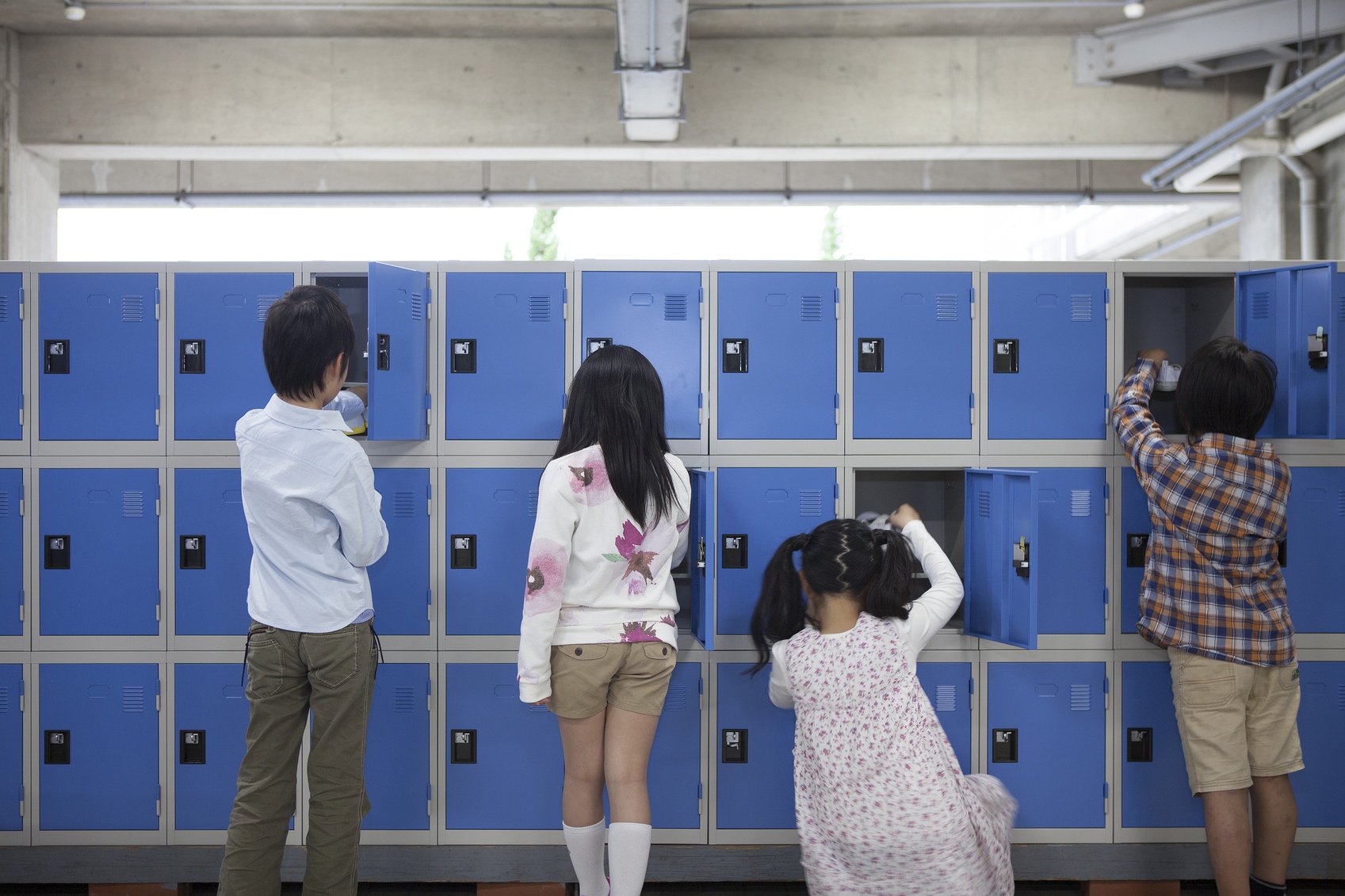
Options
The Montessori School of Tokyo is an international school located in Minami Azabu that uses English in its classrooms. It caters to children aged from two to fourteen with a kindergarten, elementary school and middle school. Teachers are qualified Montessori instructors from around the world. It’s mission is to teach children how to learn by “stimulating curiosity while developing independence in thought and action.”
The Maria Montessori Elementary School in Yokohama offers a Montessori education in Japanese, with the motto “help me think by myself.” More than half of its graduates enter private middle schools. The school organizes special classes for grade five and six pupils who are planning to tackle middle-school entrance exams.
2. Waldorf-Steiner Schools
Known either as Waldorf education or Steiner education, this method emphasizes the role of imagination and art in learning. A Steiner school teacher will aim to nurture curiosity, imagination and creativity in children. In the key morning lesson (usually about 100 minutes long), students study one topic, such as medieval cultures or the physics of light for up to a month, proceeding at their own pace.

Options
Founded in 1987, Steiner Gakuen offers 12 years of Steiner education in Japanese in Sagamihara City. Like that town, the school emphasizes creativity and art. It runs one class for each year level and limits each to 26 students. Students take a bus from the JR Fujino station to either the high school campus or joint elementary-middle school one.
The Tokyo Kenji Steiner School in Tachikawa takes its name from both Rudolf Steiner and the Japanese author and agriculturalist Kenji Miyazawa. It offers a Steiner education in Japanese that is firmly based in Japanese culture, tradition and nature.
Yokohama Steiner Gakuen has operated in Yokohama since 2005 and offers elementary and middle school education in Japanese. It aims to share with children the joy of learning and to teach them to become adults who can decide for themselves and act of their own accord.
In Chiba, Ashita no Kuni Gakuen, Steiner Kodomo-en has operated based on Steiner philosophy with the ideal of raising beings who are truly free. To battle a drop in student numbers since the 2011 East Japan earthquake, this school is now planning to broaden its approach beyond the Steiner method so that it can co-exist as a “free school” that is open to all, aiming to offer education that includes the teachings of nature and also nurtures the skills and knowledge needed for life.
3. Free Schools
Japan’s free schools have risen out of a grassroots movement to provide a place of learning to the many students who pull out of standard Japanese schools, often due to bullying, not fitting in or not keeping up with the pace of instruction.
Free schools are flexible and emphasize the individuality of each child. Some have a scheduled curriculum, but most don‘t, instead allowing the students to spend their time there as they please. Staff here are not qualified teachers: they are supporters who assist the students with their activities. Some free-school students return to mainstream education, some go on to Japanese universities.
Although free schools are non-accredited under Japanese law, the government allows attendance at them to be counted as attendance at regular school if the principal at the standard school agrees. Despite the name, these are also private schools and can cost up to 40,000 yen a month.
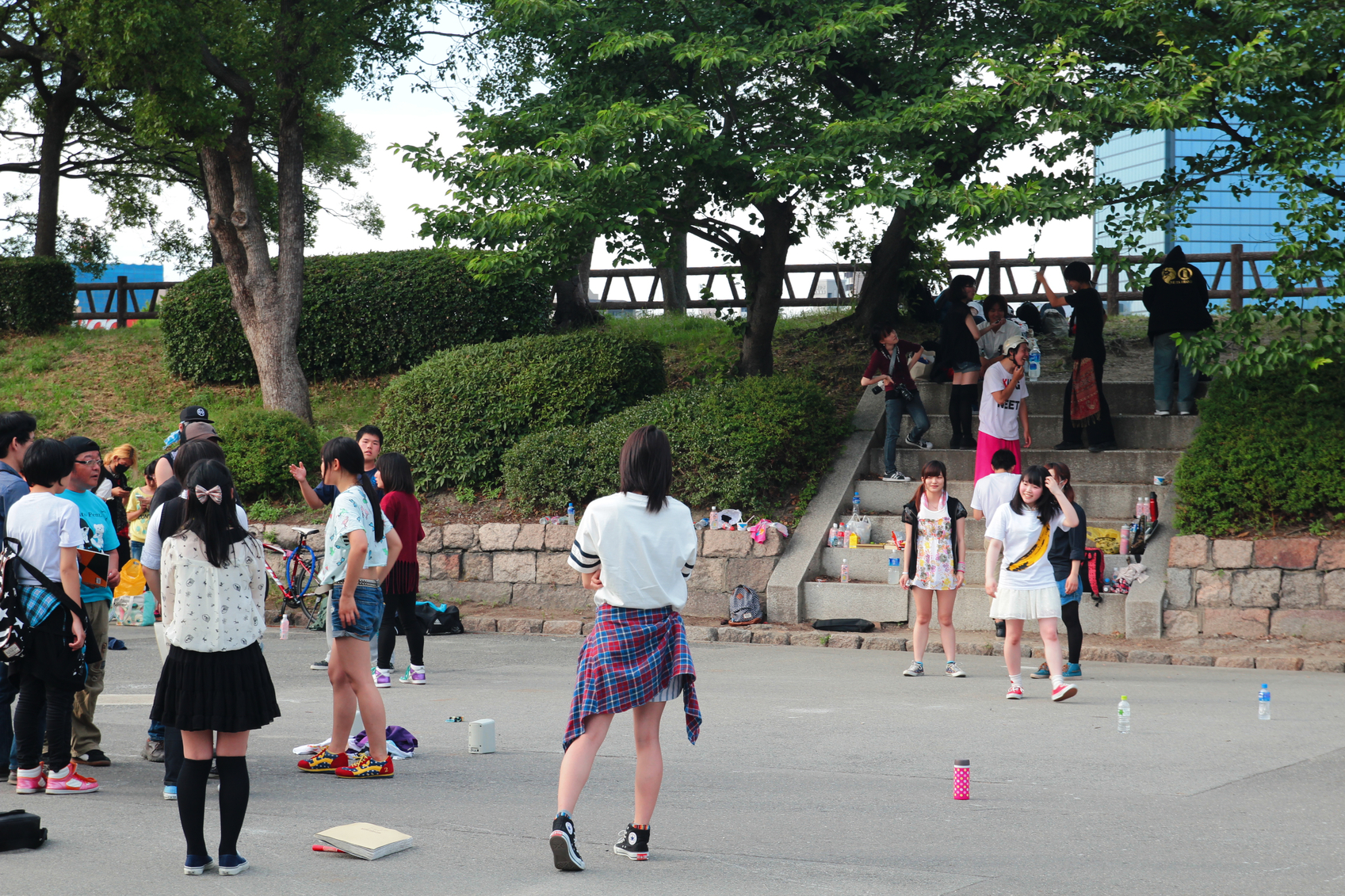
Options
Established in 1985, Tokyo Shure is perhaps Japan’s most well-known free school for children from grade one and upwards to high school. Shure’s largest institute, in Oji, has around 100 students. It has another campus in Shinjuku and one in Nagareyama in Chiba, and it also runs Tokyo Shure Katsushika Middle School in Katsushika-ku. Home Shure is a members service that helps connect home-schooling families and provides relevant information. More than 1,800 families have used the service so far.
Based near Ikebukuro, Japan Freinet values the idea of individual education, under which it says children should study what they are interested in and can tackle other subjects when the need arises.
Accepting students from elementary school age and upwards, the Takasaki Gakuen in Shibuya aims to have all its pupils move on to a high school or gain a qualification equivalent to a high-school diploma.
Although it calls itself a free school, Tabunka (the Japanese word for multicultural) is highly focused as a type of cram school to prepare immigrant children for Japanese high-school entrance exams. Tabunka teaches Japanese, math and English and divides students into several classes according to their Japanese ability, learning style and need. It has two campuses in Tokyo, one in Arakawa-ku and another in Shinjuku.
The Multicultural Center Tokyo, which runs the school, also offers counselling and multilingual information about education in Japan. On Saturdays it holds free “Oyako Japanese classes” in which volunteers tutor elementary school students and their parents on Japanese and other school subjects, and even on how to read notices from school.
4. Homeschooling
As well as the option of teaching your child via a prepared curriculum and educational materials, or a correspondence course, there is also the approach called “unschooling,” in which parents emphasize their children’s hobbies or interests and allow them to learn via their daily activities.
As in any country, homeschooling your child will require you to verify all of the legalities in advance. Check the resources listed for information.
Options
Links to many online resources are available on the Homeschooling in Japan website.
Japan’s Homeschool Support Association has this website in Japanese.
Lots of resources and advice in English are available at Homeschool.com.
Tokyo Inter-High School offers an accredited American high-school education in both Japanese and English for study either online or at its Shibuya classroom.

